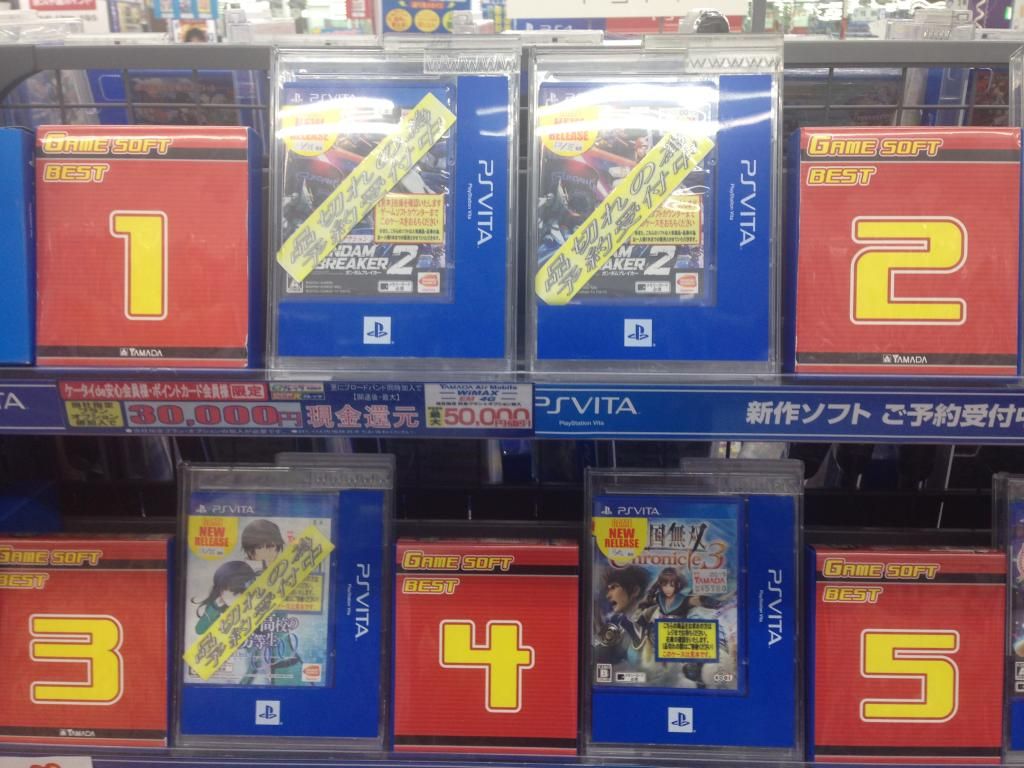What exactly is their strategic overhaul though you're referring to that goes beyond relatively small steps?
Is a unified operating system really supposed to stall or reverse the affront by pervasive mobile devices?
Their announced diversification effort was also on further revelation, a relatively modest movement.
This is an excerpt from a
WSJ article about Eastman Kodak.
Nintendo's not really in any situation as dire. But there are certainly parallels there in terms of the response to the technological shifts that have occurred and continue to occur in the industry.
Their fundamental philosophy and business model is still grounded on designing platforms around their own software development and selling that hardware based on their own software output, usually using "withered" technology in order to make a gross margin on hardware.
That the market for consoles that needs Nintendo's output is still substantial enough. That the market for dedicated handhelds at all will still be substantial enough.
Do the current environment and market trends really suggest that long term? And if not what are they doing about it?
Also, on the repeated analogy to iOS and Android, people seem to be mistaking what has driven their success as unified models. Not unification across different devices in itself, but the strong two-sided network effects this presents to both consumers and developers. It's why Microsoft's unified Windows platform isn't going to gain traction. Where do these effects derive for a Nintendo operating system across handheld and home devices? It will presumably allow for more Nintendo output across both business lines, probably at the expense of some loss of revenue. It doesn't solve the issue of their ethos/target market and Western third parties being disparate. Is that supposed to generate a compelling proposition against the onslaught of cheap (free), good (simple) and fast (already in my pocket and downloaded at the touch of a button).




